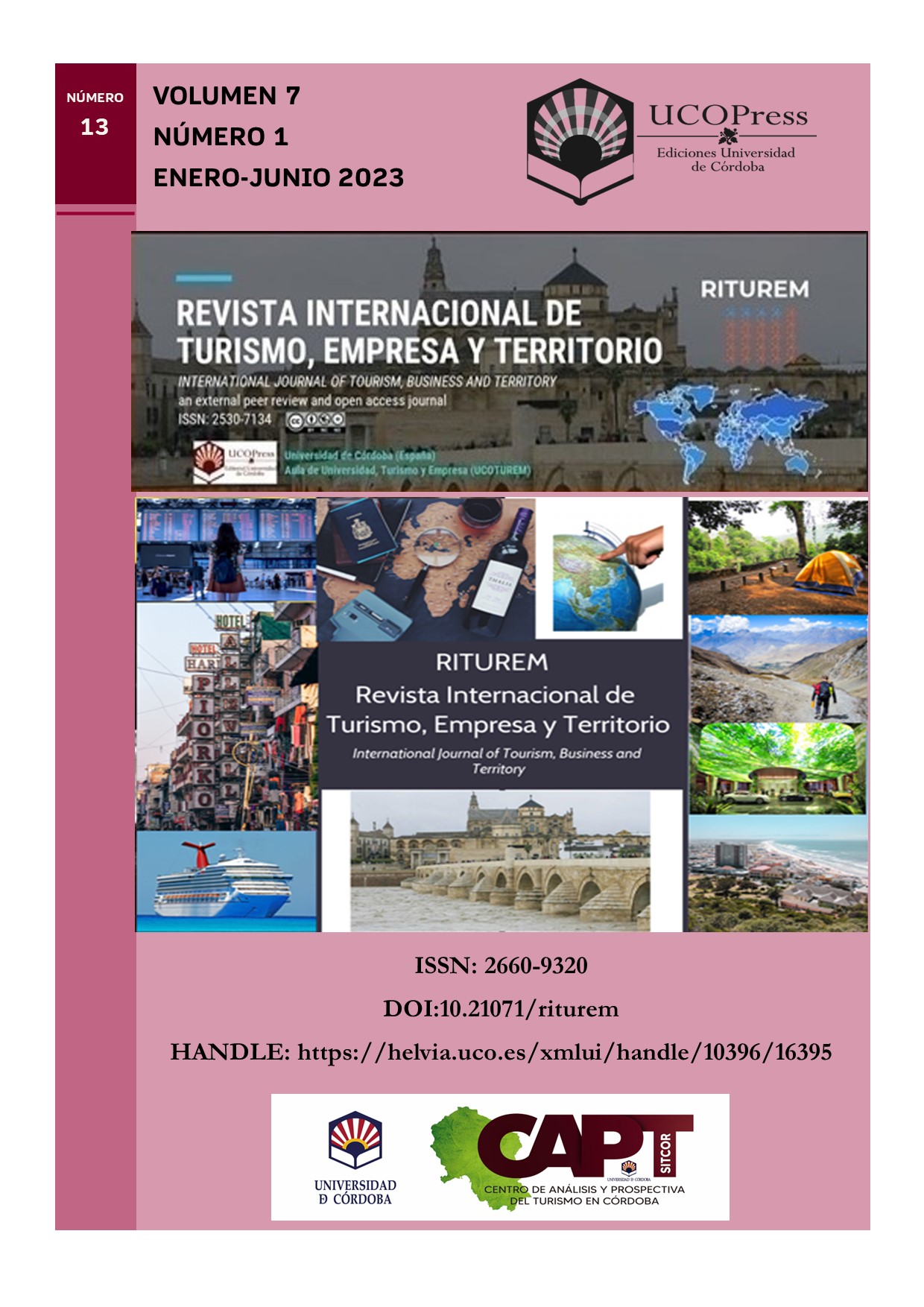Industrial heritage, a new tool for Olympic promotion? A comparative analysis
Main Article Content
Abstract
Faced with the controversies surrounding the Olympic Games (OG), they are moving towards a greater integration of local challenges – economic, social and environmental. Associating the hosting of such event with the urban regeneration policies appears to be a way to include them in longer planning periods, as well as ensure they are remembered. Presented as engines of transformations, they contribute to promotion of requalified and re-invested spaces that correspond better with the image of a competitive global city. The development of tourism strategies stems from this land promotion and appears as one of the economic outlets of the post-industrial transition. On the other hand, the reuse of industrial buildings helps build a positive image and a lasting legacy for the OG, as catalysts for regeneration of brownfields in crisis – as can be seen in the official Olympic narrative. Through the analysis of three case studies, this article aims to identify how does tourism development fit into these strategies that link industrial and Olympic heritage.
Keywords: industrial heritage, regeneration, Olympic Games, tourism, heritage, territorial
Downloads
Article Details
Copyright Notices Proposed by Creative Commons
Proposed policy for journals offering deferred open access
Those authors who have publications with this journal, accept the following terms:
1. The authors will retain their copyright and guarantee to the journal the right of first publication of their work, which will be simultaneously subject to the Creative Commons Recognition License CC BY-NC 4.0 (Creative Commons — Attribution-NonCommercial 4.0 International — CC BY-NC 4.0 ) hird parties to share the work provided that its author and its first publication is indicated this journal and no commercial use is made.
2. Authors may adopt other non-exclusive licensing agreements for the distribution of the published version of the work (e.g., deposit it in an institutional telematics file or publish it in a monographic volume) provided that the initial publication is indicated in this journal.
3. Authors are allowed and recommended to disseminate their work over the Internet (e.g. in institutional telematics files or on their website) before and during the submission process, which can produce interesting exchanges and increase citations of the published work. (See The effect of open access: http://opcit.eprints.org/oacitation-biblio.html.
